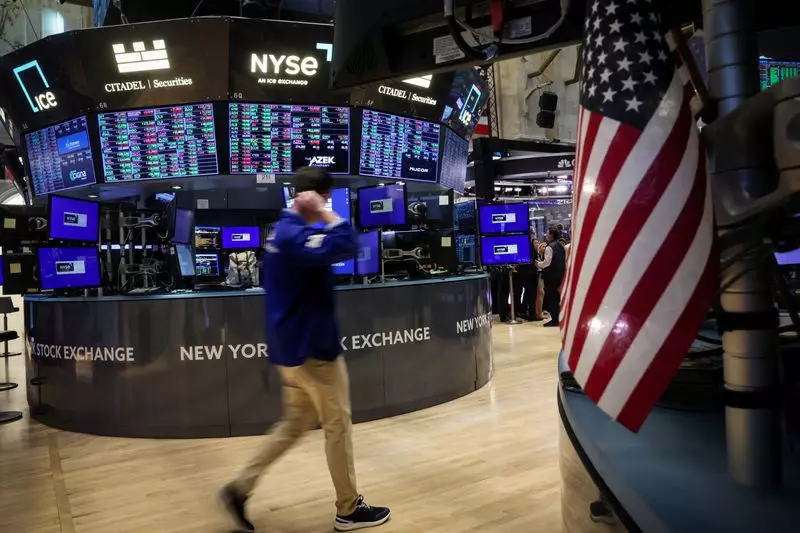The financial markets have shown remarkable resilience and growth recently, with major indexes setting records amid a voracious appetite for technology stocks and positive earnings reports. As we unpack the latest weekly performance of the Dow Jones Industrial Average, S&P 500, and Nasdaq Composite, it becomes crucial to understand the underlying factors driving these trends, as well as the potential risks ahead.
A significant catalyst for this bullish market sentiment is the impressive earnings report from Netflix, which saw shares surge by an astonishing 11.1%. This occurred following the company’s announcement that it has surpassed Wall Street expectations for subscriber additions and projected continued momentum for subscriber growth through year-end. Netflix’s substantial jump not only propelled its stock to record highs but also provided a much-needed lift to the broader communication services sector, showcasing the importance of dominant players in the tech industry.
The “Magnificent Seven,” a term referring to the leading tech corporations that have markedly influenced market dynamics this year, also contributed to the upward trajectory. For instance, Apple benefitted from strong iPhone sales data out of China, while Nvidia’s valuation received a boost from a positive revision in its price target by Bank of America. Such synchrony in tech performance emphasizes the sector’s potential to act as a bellwether for broader market health.
The week reflected a noteworthy achievement for the three major U.S. indexes, which not only rose but logged their sixth consecutive week of gains—the longest winning streak since late 2023. The S&P 500, for instance, gained 0.9%, while the Dow and Nasdaq followed closely behind with increases of 1% and 0.8%, respectively. David Waddell, CEO of Waddell & Associates, aptly described the market as a “what’s not to like” environment, pointing towards encouraging economic data, effective corporate strategies, and a trend of disinflation.
These findings lead to a significant consideration for investors: the robustness of earnings from corporate America continues to underpin market optimism. As financial entities report growth, the potential for maintaining bullish momentum appears high, even in the face of uncertainty stemming from geopolitical events and economic shifts.
Despite this optimistic view, it is essential to not overlook several potential hazards. An overarching concern among financial analysts is valuation: the S&P 500 is reportedly trading at nearly 22 times forward earnings, raising questions about sustainability. The heightened expectations that have accompanied record closings could result in volatility if future earnings fail to impress.
Moreover, as the U.S. presidential election approaches, markets may face increased turbulence. With significant political events on the horizon, the nervous sentiment could sway investor behavior. As David Waddell noted, strong corporate earnings will likely be the deciding factor in whether the market can continue its ascent. If earnings fall short, stocks may indeed face a setback, warranting caution for investors.
Interestingly, smaller market-cap stocks have recently garnered investor interest, as evidenced by the performance of the Russell 2000 and S&P Small Cap 600 indices, which outperformed many larger indices this week. However, even these small-cap stocks faced slight declines on Friday, showcasing a mixed sentiment across different market segments.
The energy sector, in particular, presents an intriguing case study of market dynamics. This sector reported a 0.4% drop, negatively influenced by lower oil prices amidst ongoing globalization issues and geopolitical strains. The steep declines in stocks like SLB, Baker Hughes, and Halliburton further illustrate challenges within the sector, contributing to energy being the worst-performing sector for the week, which witnessed a plummet of 2.6%.
While recent highs in the stock indices paint a promising picture of market health, a nuanced examination reveals both strengths and vulnerabilities. The tech sectors are led by robust earnings and increased consumer demand, shaping investor confidence. At the same time, possible valuation distortions, sectoral weaknesses, and political uncertainties could challenge sustainability.
As we move forward, maintaining a balanced perspective and closely monitoring both economic indicators and corporate performance will be crucial for investors hoping to navigate this complex financial landscape effectively. The intricate weave of excitement and caution will define the next chapters of market evolution.

